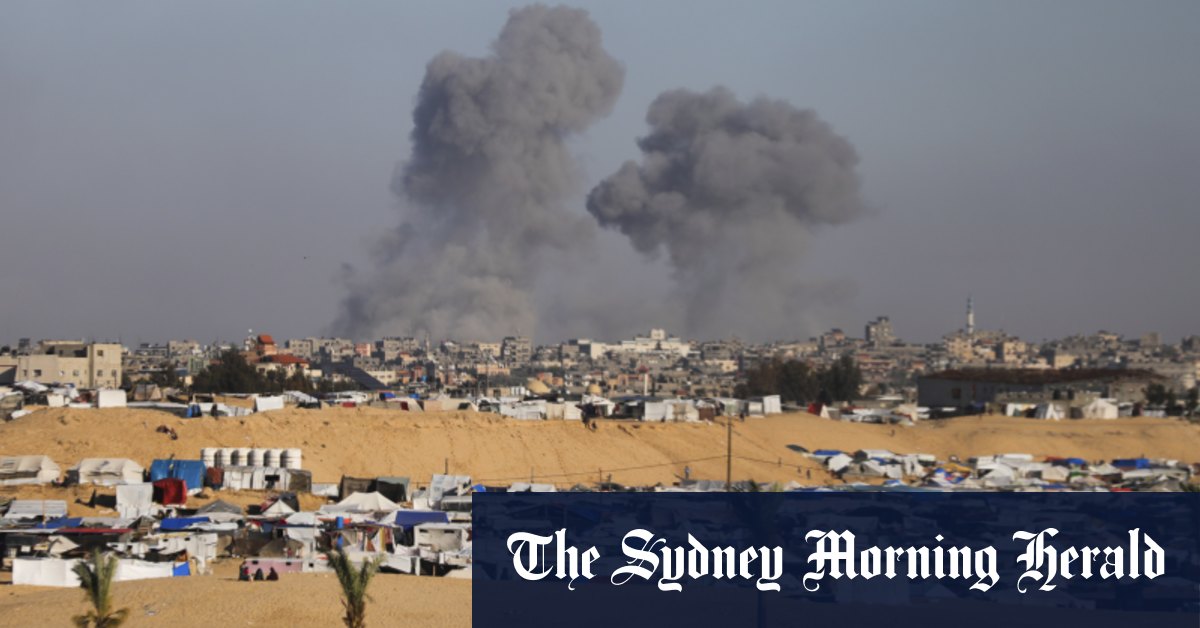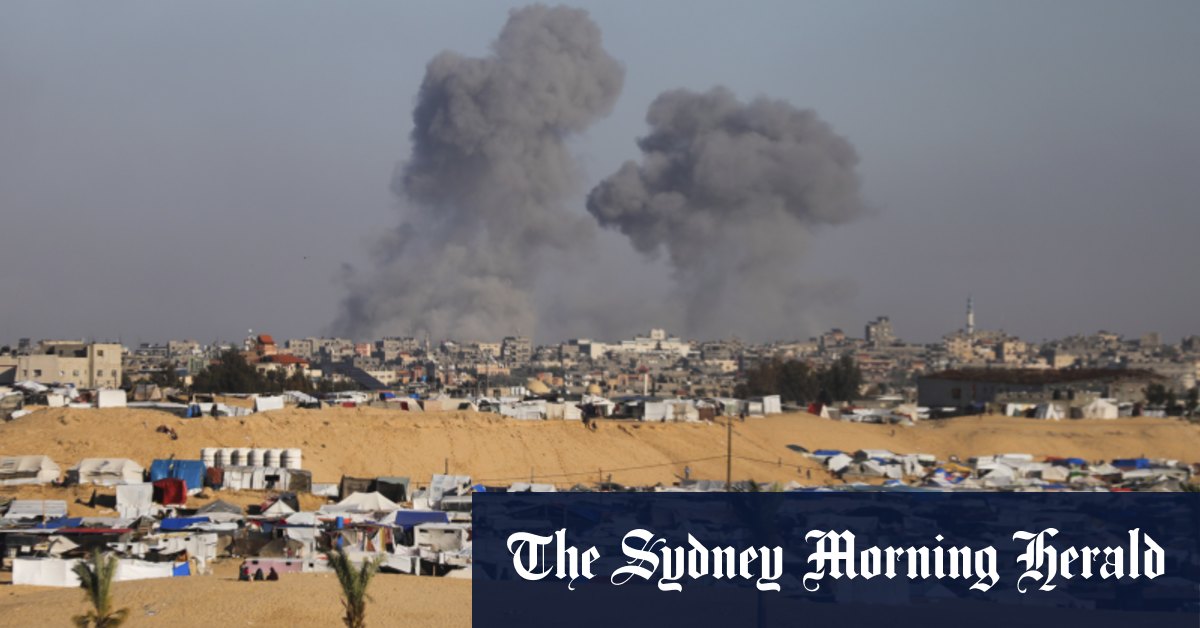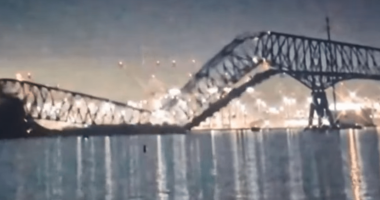
US President Joe Biden spoke with Netanyahu and reiterated American concerns about an invasion of Rafah. US State Department spokesman Matthew Miller said American officials were reviewing the Hamas response “and discussing it with our partners in the region”. An American official said the US was examining whether what Hamas agreed to was the version signed off to by Israel and international negotiators or something else.
It was not immediately known if the proposal Hamas agreed to was substantially different from one that US Secretary of State Antony Blinken pressed the militant group to accept last week, which Blinken said included significant Israeli concessions.
Ceasefire deal agreed to by Hamas
PHASE ONE
- Ceasefire lasting 42 days
- Hamas releases 33 Israeli hostages in return for Israel releasing Palestinians from Israeli jails
- Israel partially withdraws troops from Gaza and allows free movement of Palestinians from south to north Gaza
PHASE TWO
- Another 42-day period that features an agreement to restore a “sustainable calm” to Gaza, language that an official briefed on the talks said Hamas and Israel had agreed in order to take discussion of a “permanent ceasefire” off the table
- The complete withdrawal of most Israeli troops from Gaza
- Hamas releases Israeli reservists and some soldiers in return for Israel releasing Palestinians from jail
PHASE THREE
- The completion of exchanging bodies and starting the implementation of reconstruction according to the plan overseen by Qatar, Egypt and the United Nations
- Ending the complete blockade on the Gaza Strip
Egyptian officials said that proposal called for a ceasefire of multiple stages starting with a limited hostage release and partial Israeli troop pullbacks within Gaza. The two sides would also negotiate a “permanent calm” that would lead to a full hostage release and greater Israeli withdrawal out of the territory, they said.
Hamas sought clearer guarantees for its key demand of an end to the war and complete Israeli withdrawal in return for the release of all hostages, but it wasn’t clear if any changes were made.
Israeli leaders have repeatedly rejected that trade-off, vowing to keep up their campaign until Hamas is destroyed after its October 7 attack on Israel that killed about 1200 people and triggered the war.
Netanyahu is under pressure from hard-line partners in his coalition who demand an attack on Rafah and could collapse his government if he signs onto a deal. But he also faces pressure from the families of hostages to reach a deal for their release.
Thousands of Israelis rallied around the country calling for an immediate agreement. About a thousand protesters swelled near the defence headquarters in Tel Aviv, where police tried to clear the road. In Jerusalem, about a hundred protesters marched toward Netanyahu’s residence with a banner reading, “The blood is on your hands”.
Israel says Rafah is the last significant Hamas stronghold in Gaza, and Netanyahu said that the offensive against the town was vital to ensuring the militants can’t rebuild their military capabilities.
The looming operation has raised global alarm. Aid agencies have warned that an offensive will bring a surge of more civilian deaths in an Israeli campaign that has already killed 34,000 people and devastated the territory. It could also wreck the humanitarian aid operation based out of Rafah that is keeping Palestinians across the Gaza Strip alive, they say.
UN High Commissioner for Human Rights Volker Türk called the evacuation order inhumane.
“Gazans continue to be hit with bombs, disease, and even famine. And today, they have been told that they must relocate yet again,” he said. “It will only expose them to more danger and misery.”
Israeli leaflets, text messages and radio broadcasts ordered Palestinians to evacuate eastern neighbourhoods of Rafah, warning that an attack was imminent and anyone who stays “puts themselves and their family members in danger”.
The military told people to move to an Israel-declared humanitarian zone called al-Mawasi, a makeshift camp on the coast. It said Israel has expanded the size of the zone and that it included tents, food, water and field hospitals.
Loading
About 450,000 displaced Palestinians are already sheltering in al-Mawasi.
The UN agency for Palestinian refugees, known as UNRWA, said it has been providing them with aid. But conditions are squalid, with few sanitation facilities in the largely rural area, forcing families to dig private latrines.
AP, Reuters
Get a note directly from our foreign correspondents on what’s making headlines around the world. Sign up for the weekly What in the World newsletter here.
Read More: World News | Entertainment News | Celeb News
SMH








